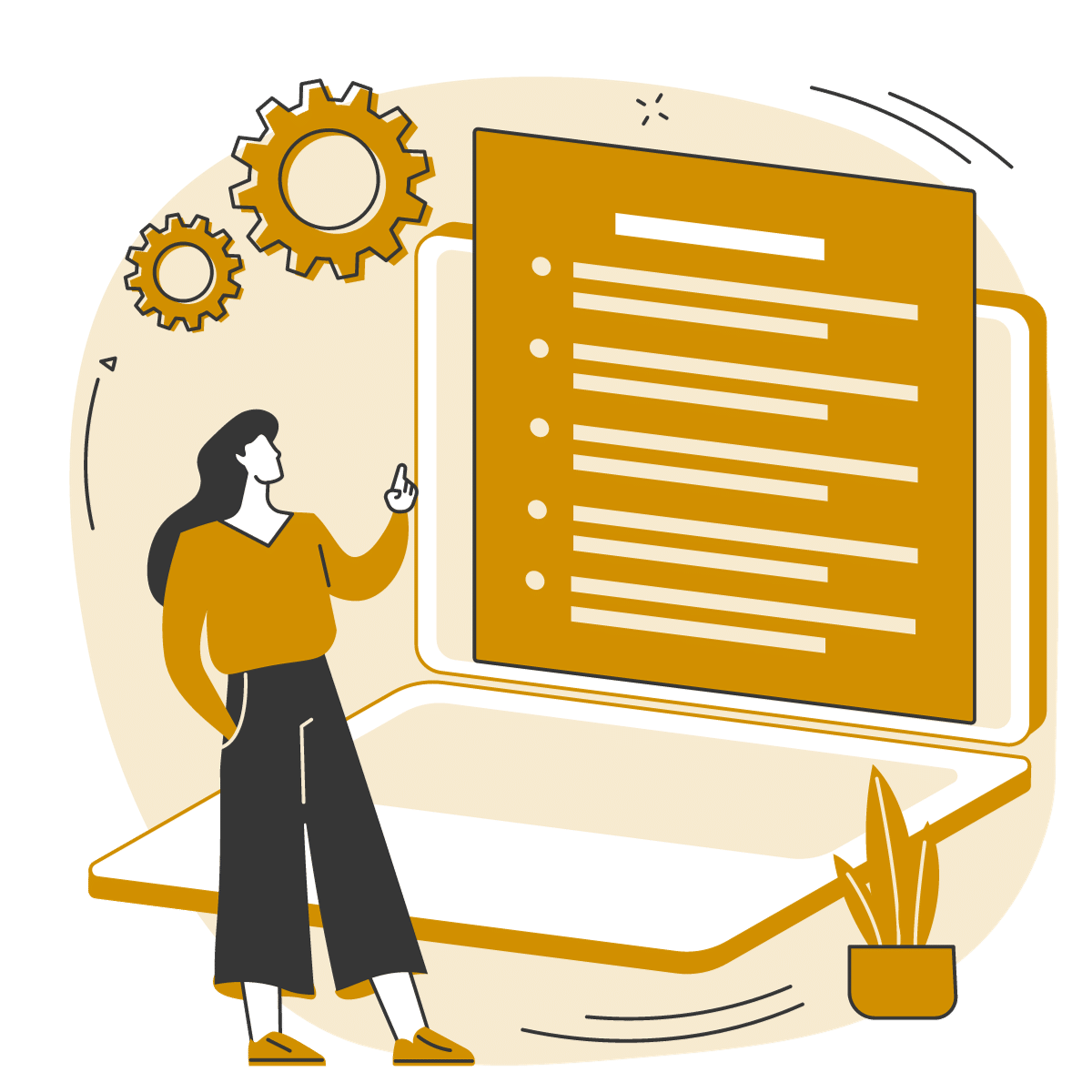What Is Legal Intake?
Legal intake organises and routes work requests into legal, improving clarity, triage and client service for in-house teams.


What Is Legal Intake?
Legal intake is the front door of your legal team. It is the structured process by which your internal clients submit legal requests. Without a coherent intake system, work often arrives chaotically via email, chat or informal requests, leaving legal team members scrambling to catch up.
Lawcadia’s intake solution allows teams to standardise how work is submitted and processed. No matter the request, all necessary information is captured upfront, ensuring intake is clear and complete. Conditional fields and smart forms guide business users, reducing back-and-forth clarification.
Once a request is submitted, it is automatically triaged and routed based on rules such as matter type, risk, value, or department. Routine requests can be assigned directly to templates or self-service workflows, while complex matters are flagged for review by legal staff.
Lawcadia’s intake solution allows teams to standardise how work is submitted and processed. No matter the request, all necessary information is captured upfront, ensuring intake is clear and complete. Conditional fields and smart forms guide business users, reducing back-and-forth clarification.
Once a request is submitted, it is automatically triaged and routed based on rules such as matter type, risk, value, or department. Routine requests can be assigned directly to templates or self-service workflows, while complex matters are flagged for review by legal staff.

Why Legal Intake Matters For In-House Teams
A mature legal function must do more than coast from fire drill to fire drill. Legal intake gives legal visibility over demand: type of matters, volume, timing, risk levels. It ensures requests come in with sufficient detail, avoiding a back-and-forth just to get clarity.
Poor intake is a “hidden productivity killer” undermining service, consistency and morale. Further, intake is more than capture, it’s about triage. Not every request needs a full legal intervention. Some may be handled by policy, others by templates or self-service tools.
Lawcadia lets in-house legal teams build logic and rules so that legal focus is reserved for the work that needs expert attention. This improves efficiency and ensures legal resources are allocated on the work that truly brings value to the organisation.
Poor intake is a “hidden productivity killer” undermining service, consistency and morale. Further, intake is more than capture, it’s about triage. Not every request needs a full legal intervention. Some may be handled by policy, others by templates or self-service tools.
Lawcadia lets in-house legal teams build logic and rules so that legal focus is reserved for the work that needs expert attention. This improves efficiency and ensures legal resources are allocated on the work that truly brings value to the organisation.
How Lawcadia Does Legal Intake Well
Lawcadia’s legal intake solution is configurable. You can design different forms for different request types (e.g. contract requests, compliance queries, IP issues) with question logic, conditional fields and validation.
The platform supports triage automation, so routing, prioritisation and matter creation happen with minimal human intervention.
You also get visibility to internal clients, real-time updates on request status, progress, and anticipated timelines. This reduces frustration and speculative follow ups.
Because Lawcadia is end-to-end legal operations platform, legal intake is tied directly into matter management, workflows and document automation. That means a request submitted in intake can auto-spawn a matter, set tasks, initiate document drafts, and route for approvals - all without duplicative entry.
The platform supports triage automation, so routing, prioritisation and matter creation happen with minimal human intervention.
You also get visibility to internal clients, real-time updates on request status, progress, and anticipated timelines. This reduces frustration and speculative follow ups.
Because Lawcadia is end-to-end legal operations platform, legal intake is tied directly into matter management, workflows and document automation. That means a request submitted in intake can auto-spawn a matter, set tasks, initiate document drafts, and route for approvals - all without duplicative entry.


Benefits And Challenges Of Legal Intake
Benefits include reduced administrative overhead, faster responsiveness, greater predictability, improved internal client experience, and better data for strategic decisions.
Legal intake data enables you to recognise trends (which types of requests spike, where bottlenecks sit) and support resourcing or process improvements.
However, success depends on adoption. If business stakeholders resist using formal channels and persist with ad hoc email, or if the process is overly rigid, uptake stalls.
Legal must invest in training, communication and feedback loops. Start simple, get intake working for one or two request types first and refine from there.
Legal intake data enables you to recognise trends (which types of requests spike, where bottlenecks sit) and support resourcing or process improvements.
However, success depends on adoption. If business stakeholders resist using formal channels and persist with ad hoc email, or if the process is overly rigid, uptake stalls.
Legal must invest in training, communication and feedback loops. Start simple, get intake working for one or two request types first and refine from there.
Key Steps To A Successful Legal Intake Launch
By turning chaotic ad hoc work into a streamlined, automated workflows, legal intake becomes a foundation for scalable in-house legal operations. It ensures legal captures the right instructions, allocates work intelligently, responds consistently and uses data for continuous improvement.
With a seamless intake strategy, your in-house legal team can shift from reactive fire fighting to strategic value delivery:
With a seamless intake strategy, your in-house legal team can shift from reactive fire fighting to strategic value delivery:
Define use cases: Identify the most frequent legal request types to start with (e.g. NDAs, vendor contracts, compliance queries).
Design forms/questions smartly: Ask only what’s necessary and use conditional logic to simplify.
Map triage and routing logic: Define who sees what, when, how decisions escalate.
Communicate and train: Engage business teams, explain benefits, and make the system easy to use.
Iterate and expand: Use intake data to refine forms, expand to more request types, and automate further.
